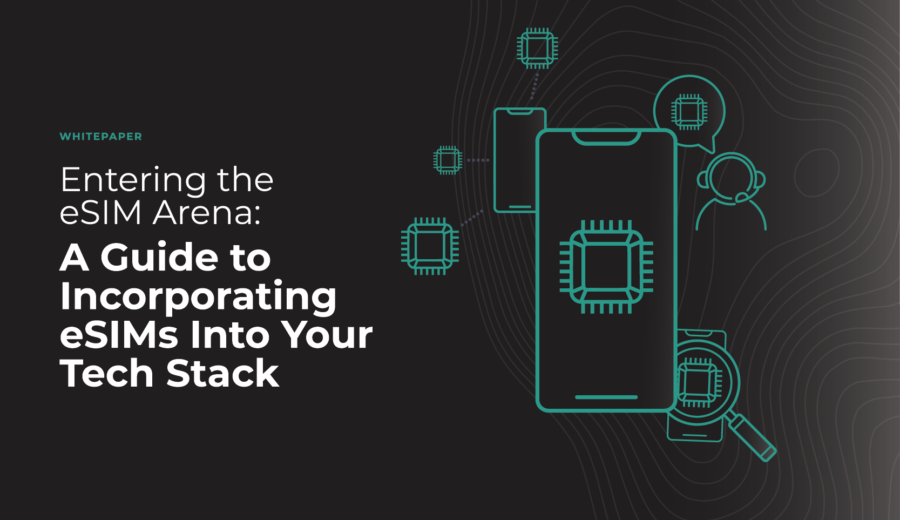SLAs or “service level agreements”, define expected service levels in a contract. They cover quality, availability, and responsiveness, among other measurements that facilitate collaboration between all parties involved. However, SLAs have their shortcomings that need to be carefully considered when defining the success of any service program.
1. Pitfall: SLAs measure processes, prioritizing IT and procurement metrics over user needs and business outcomes.
Measuring the outcome of an individual process through SLAs, such as answering calls within a certain timeframe, may lead to a lack of focus on customer satisfaction, which is the ultimate desired outcome. This could result in a situation where the process is followed, but the customer is still dissatisfied.
Solution: Prioritize user-centric goals and consider the business’ desired outcome.
To ensure user satisfaction and the business’ desired outcomes are being met, consider measuring beyond SLAs. This includes customer sentiment, star ratings, NPS, and other customer experience metrics that measure the outcome. These are known as XLAs or Experience Level Agreements. 2. Pitfall: SLAs can be unclear, reactive, shallow, and limited in scope.
SLAs often focus on specific metrics or performance indicators, but they may not capture the full picture of service quality. A complete SLA needs to include performance metrics, audits, review cadences, exceptions, and defined penalties. At the same time, overcomplicated SLAs are more likely to be misinterpreted.
Solution: Ask for clarification and establish a deeper relationship with your service provider.
SLAs should offer a clear, comprehensive establishment of service quality, including potential risks and limitations. Asking for clarification, examples, and additional detail limit misunderstandings and avoid conflict. Penalties need to be clear, attainable standard levels need to be understood, and loopholes need to be removed.
Establishing deeper relationships with your service provider starts with providing context and training on your network. Service providers can then deliver higher-quality assistance and understand the cost of insufficient help. Specialists understand that they are not just responding to a ticket, they have a real-life downstream effect on the business. 3. Pitfall: SLAs lack visibility and transparency.
Without proper methods of measuring, SLAs are empty promises. Regular review of SLA metrics with bidirectional feedback is crucial to maintaining a healthy relationship. Customers need to be committed to regular engagement and holding up their end of the agreement. This time invested in the relationship is well-worth it.
Solution: All parties need to be transparent.
Service providers need to provide transparency with regular reviews and handoffs as well as dashboards and reporting of agreed-upon metrics and key performance indicators (KPIs) for customers to reference at any time. Communication channels need to be established and utilized on a regular basis. There also needs to be a mutual understanding of what is within the control of the service provider, what is in control of the customer, and what is out of all parties’ control (shipping delays, etc.). This helps set expectations, identify areas for improvement and drive better performance, and establishes a stronger relationship with deeper trust. 4. Pitfall: SLAs can be static, ignoring the changing needs of the customer.
SLAs are all too often fixed for the duration of the agreement. However, user needs and business goals change regularly. Changes to the market, priorities, and direction often require different levels of support or even new services. Providers that are stringent with their terms and terms of agreement often see a decline in customer satisfaction over time partially due to their rigidity.
Solution: Always be collaborative and flexible.
To meet evolving customer needs, SLAs should be adaptable, personalized, and regularly reviewed and revised to ensure ongoing effectiveness and relevancy. As service requirements, expectations, and frameworks change over time, SLAs should be viewed as a collaborative effort between the service provider and the customer to ensure ongoing alignment, adaptation, mutual understanding, continually improved customer satisfaction, and drive changing business goals.
Conclusion:
SLAs set expectations but have limitations and require ongoing attention. Educating your team on pitfalls can prevent negative consequences and ensure success. By keeping the end-goal in focus and regularly monitoring and revising SLAs, service delivery can meet customer expectations and provide ongoing value.



